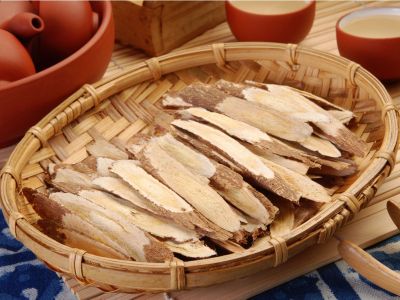Astragalus Benefits
Also called Huang Qi, Bei Qi, Ogi, Hwanggi, and milk vetch, Astragalus root has been used for a number of illnesses including:
AnorexiaBlood sugar controlCancer therapyDiarrheaFatigueFibromyalgiaHeart DiseaseHepatitisUpper respiratory infections
Also believed to stimulate the immune system, improve kidney function, and prevent senility Astragalus root is one of the 50 fundamental Chinese herbs. Clearly more studies are needed to prove the usefulness of this herb in Western medicine. NOTE: Before using Astragalus herb plants or commercially prepared Astragalus supplements, it’s advisable to consult healthcare providers.
How to Grow Astragalus
Growing Astragalus from seed is more difficult than other herbs. The seeds require a minimum three week cold stratification period. To further aid germination, soak the seeds in water or scarify the seed coat with fine grade sandpaper before sowing. Seeds can take as long as nine weeks to sprout. Astragalus herb plants can be directly seeded in the garden, but the general recommendation is to give them a head start by sowing indoors during late winter. Transplant seedlings as soon as the danger of frost has passed. Astragalus forms a taproot and older plants don’t transplant well. Here is more info on growing Astragalus conditions:
Location – Full sun to partial shade
Soil – Well-drained sandy loam, neutral to alkaline pH
Moisture preference – Dry
USDA hardiness – Zones 5-9
Plant height – 4 feet (1 m.)
Plant spacing – 12 to15 inches (30.5-38 cm.)
Flower period – June to August
Flower color – Yellow-white
Lifespan – Perennial
Harvesting Astragalus Root
The roots are the medicinal part of Astragalus herb plants. While it can take anywhere from two to four years for the taproot to grow to a usable size, roots of any age can be harvested. Older roots are considered more potent. Harvest Astragalus in the fall by first removing the foliage and stems. The Astragalus herb plants have no medicinal value and can be composted or discarded. Next, carefully dig around the base of the stem to expose the taproot. Continue digging and twisting until the majority of the root can be extracted from the ground.
